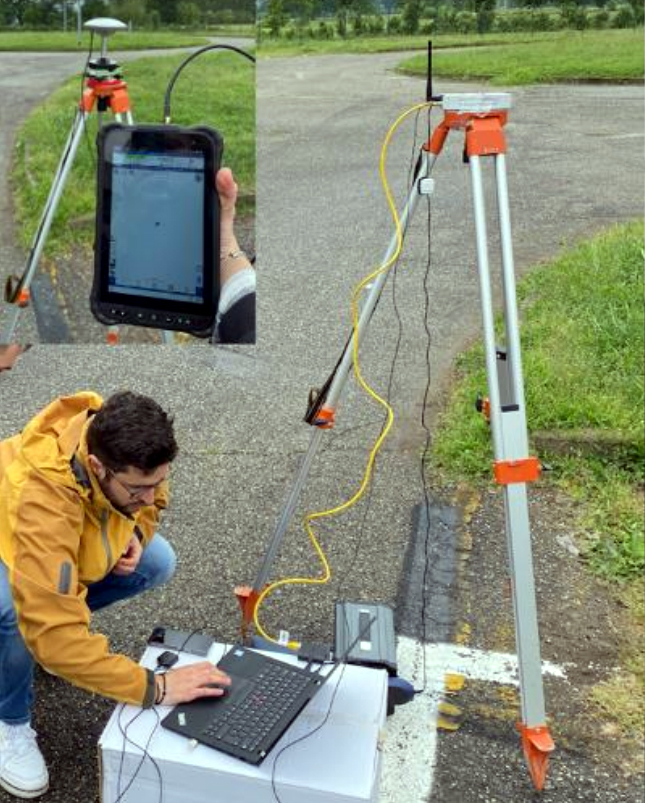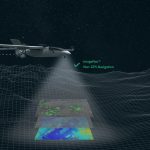The advantage of incorporating 5G within a global positioning solution lies in its extensive coverage and accessibility, especially in urban areas, where GNSS signal quality can be significantly compromised.
The NAVISP-funded HYPER-5G project was aimed at studying, designing and developing algorithms and software needed to drive a precise positioning engine that would use both multi-constellation GNSS and 5G signals. NAVISP is the European Space Agency (ESA) program dedicated to strengthening the European positioning, navigation and timing industry.
The HYPER-5G team used a variety of GNSS receivers, including low-cost ones, and 5G scanners to collect data, which was then processed using a hybrid Extended Kalman Filter (EKF) approach for integrating GNSS and 5G data. A first data collection campaign took place in 2022. For about three hours, two stationary and three kinematic tests were carried out, in an area with five Vodafone 5G base stations near Milan center.
In a second campaign, in 2023, in a rural area outside of Milan, eight consecutive surveys were carried out, each one comprising a static acquisition of five minutes duration, followed by three repetitions of the kinematic trial. A preliminary assessment of 5G positioning in an urban setting was also carried out at the Politecnico di Milano Leonardo campus, and there were further rural and urban testing campaigns at other locations.
What the work showed
The all-Italian HYPER-5G project was led by prime contractor Geomatics Research and Development (GReD), which is an SME spin-off of the Politecnico di Milano, Italy’s largest technical-scientific university. Additional project partners included algoWatt, a greentech solutions company, and Politecnico di Milano.
In a recent meeting hosted by ESA, HYPER-5G partners delivered the final results of the project. Presenters included GReD’s Eugenio Realini and Andrea Gatti.
The testing campaigns showed the hybrid approach was able to achieve a positioning accuracy comparable to that of GNSS alone, providing redundancy and resilience in challenging environments where GNSS alone is insufficient. The results also highlighted the crucial importance of synchronization among 5G base stations and the impact of multipath effects, where signals reflect off surfaces, causing errors in positioning.
Achieved accuracy in the static tests were about 4m for 5G only and about 1-3m for hybrid 5G-GNSS positioning. In the Kinematic tests, accuracy was about 20m for 5G only and about 1-4m for hybrid 5G-GNSS. Importantly, the project successfully developed new algorithms and software capable of jointly processing 5G and GNSS pseudorange observations in a hybrid approach.






